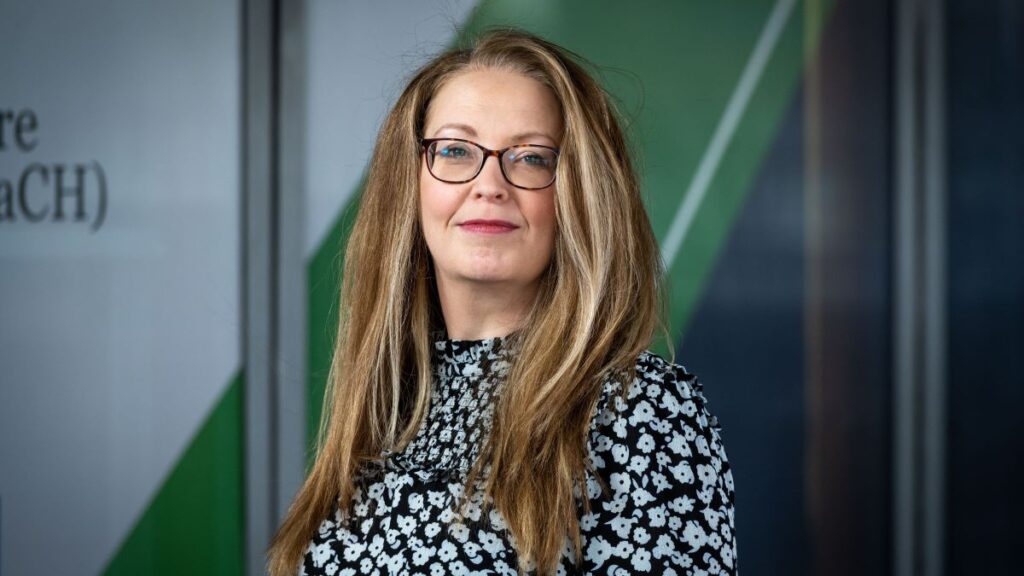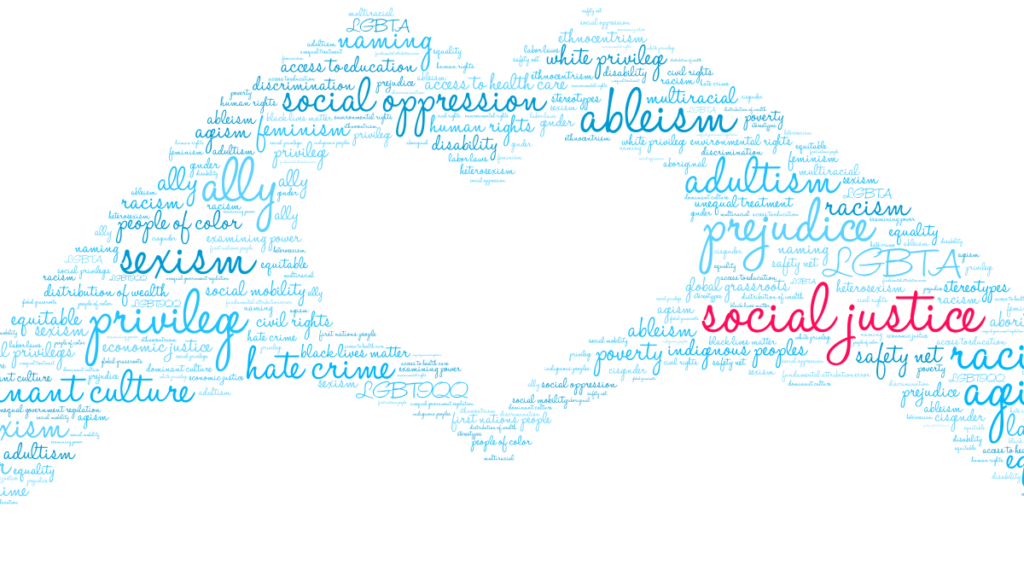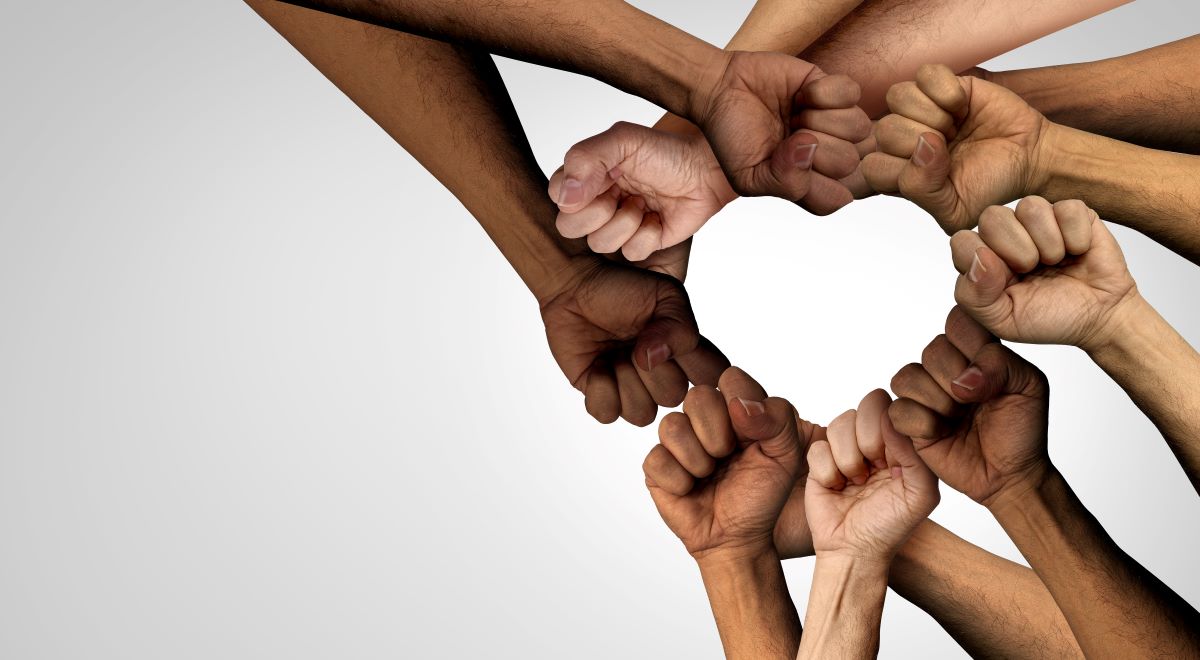Sexual wellbeing transcends personal experiences. As social animals, our sexual health and happiness are profoundly influenced by the society and culture around us.
In a 2023 article for Culture, Health & Sexuality, researchers highlight this connection with a particular focus on the significant impact of human rights and social justice.
“People are not a set of characteristics or experiences, but exist in relation to systems of power, privilege and oppression,” said lead author Karen Lorimer, Ph.D., a Reader in Social Science and Health at Glasgow Caledonian University.
“We should keep our attention on how able people are to achieve good sexual wellbeing, and not just focus on a narrow measure of satisfaction.”

By applying a framework known as the Capability Approach, they paint a fuller picture of the factors that contribute to achieving sexual wellbeing, emphasizing the importance of personal freedom within specific social and cultural contexts.
What is the Capability Approach?
Developed by economist-philosopher Amartya Sen and philosopher Martha Nussbaum, the Capability Approach was created to better assess a person’s wellbeing.
This approach considers one’s ability to make choices and live a life they value, rather than just measuring resources or outcomes. It’s often used in assessing development, welfare economics, and social policy to understand and improve human conditions.
The authors propose the Capability Approach offers a more holistic understanding of sexual wellbeing in three ways:
1. Emphasizes Personal Freedoms and Opportunities Beyond Resources
A person’s ability to act on their sexual desires and needs extends beyond their material resources.
For example, survivors of sexual violence may experience long-term effects that limit their sexual satisfaction and ability to form fulfilling relationships.
Socio-economic factors and global events, such as the COVID-19 pandemic, can also change how people behave sexually and think about relationships.

2. Recognizes Individuals Differ in Ability to Convert Resources into Actions
Not everyone is equally able to apply their resources into actionable steps or “capabilities” to get what they want.
Imagine two people in abusive relationships: one might have more options to leave due to access to public services, such as financial, legal, and emotional support, while the other who does not is less able to exit.
Even though they are in similar situations, one has a wider range of potential actions.
Understanding sexual wellbeing also includes discussing emotions, as our feelings can significantly affect our actions. For instance, fear of violence might limit someone’s behavior.
In addition, demographic factors like gender, ethnicity, and class can influence the choices available to people, serving either as obstacles or supports.
3. Understands Complex Trade-offs in Pursuit of Wellbeing
People often make complex decisions, sometimes sacrificing one aspect of wellbeing for another they value more.
Traditional metrics of sexual wellbeing sometimes overlook these nuanced aspects of agency, focusing solely on activities and satisfaction levels without considering the underlying freedom and choices.
For example, a person recovering from sexual trauma might choose to abstain from intimate relationships to avoid triggering unhealed wounds. This decision does not necessarily reflect an inability to engage in such relationships but may be a deliberate choice to protect personal wellbeing.
Measuring sexual wellbeing

Building a capability-based measure of sexual wellbeing doesn’t mean reinventing the wheel. Existing methods and research can act as building blocks.
“It’s not a huge shift to capture how able someone is to live a life they have reason to value, but it could be a game-changer for this topic of study, in terms of what it can tell us. The Capability Approach underpins the Human Development Reports, so the more we frame our work in this way the more comparability we will have,” said Dr. Lorimer.
Talking to people about their experiences is a critical first step.
For example, the authors suggest comparing people’s experiences with existing capability lists, such as the Women’s Capabilities Index and ICECAP capability measures, which focus on relational aspects, like social connections and attachments.
Qualitative studies also offer valuable initial insights into sexual wellbeing and set the stage for more in-depth studies to discover what drives societal beliefs. Specifically, the authors point to past research on gender roles as well as the perception of marriage and divorce.
To truly represent everyone’s experiences, the authors also call for a shift toward inclusivity that values diverse perspectives, especially in the context of large-scale population surveys.
Embracing sexual justice
The Capability Approach enriches our understanding of sexual wellbeing by weaving in social justice concepts. It moves beyond the simplistic measures of sexual happiness or satisfaction, which can mask deep-rooted issues and complex personal struggles.
By considering power dynamics, politics, and gender issues, it acknowledges people are influenced by their surroundings.
The real challenge lies in getting policymakers to adopt this framework, which is critical for meaningful progress in the realm of sexual justice. This shift promises not just a new way of understanding but also a foundation for more effective, inclusive strategies for studying and enhancing sexual wellbeing.
Featured Image Source: Shutterstock



